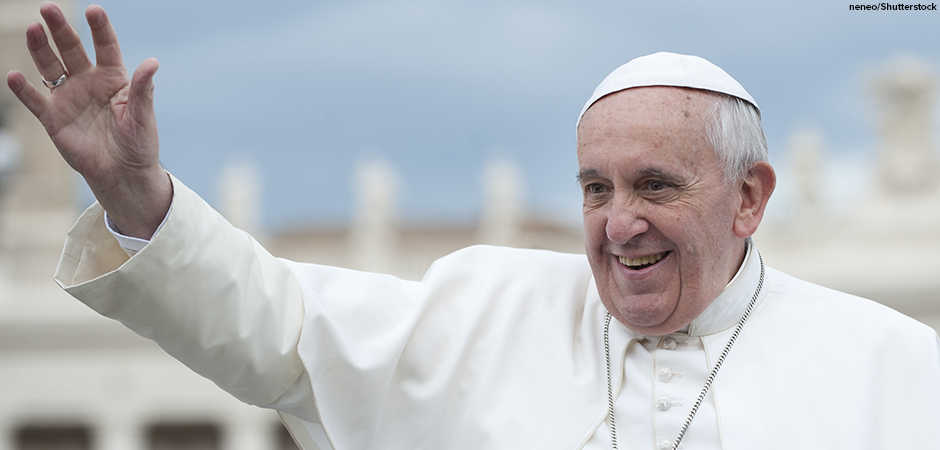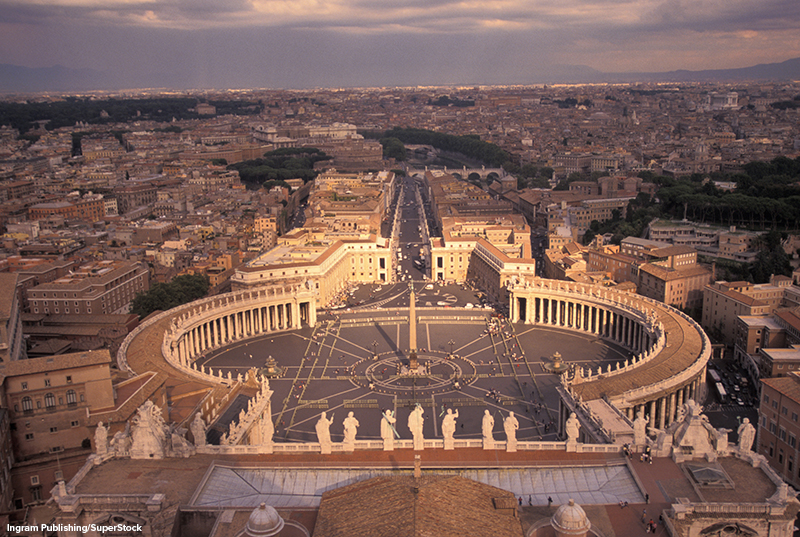
On April 21, 2025, Pope Francis passed away at the age of 88. He died from complications following a stroke. This week btw looks at the role and legacy of the pope; the ceremonies surrounding his death; and what might come next.
The Role of the Pope
The pope is the head of the Catholic Church and is a globally recognized religious leader. The pope’s teachings can influence how 1.4 billion Catholics around the world view religious, social, and political issues. The pope also serves as an observer to the United Nations, which gives him international influence among politicians.
Pope Francis, one of the most popular popes in decades, was known as the “people’s pope.” He was the first pope who came from a Latin American country. (He was born in Argentina.) And he was the first pope born or raised outside of Europe in over 1,000 years! Therefore, he had a different global perspective than many of the Catholic Church’s previous popes. He spoke up for the poor and vulnerable. He held many progressive views about topics such as immigration and the environment. He also expressed tolerance toward the LGBTQ+ community. However, he maintained a more traditional stance on other issues, such as abortion rights.
Remembering the “People’s Pope”
The funeral Mass for Pope Francis took place at 10 am on Saturday, April 26, 2025. It was held in St. Peter’s Square at the Vatican in Italy. Cardinal Giovanni Battista Re, Dean of the College of Cardinals, presided over the funeral. The ceremony was attended by about 250 religious officials, and more than 250,000 people from all over the world came to pay their respects.
The funeral Mass is the first of nine Masses which will be held daily at St. Peter’s until Sunday, May 4. This is part of the traditional nine days of mourning for a deceased pope. It included prayers of the faithful in Arabic, Chinese, French, German, Portuguese, and Polish. After the ceremony, Pope Francis’s coffin was transported in a slow procession about four kilometers to the Papal Basilica at Saint Mary Major for a private burial.
But before the burial, the final tribute to Pope Francis was given by “the last ones,” a group of poor and marginalized people. In keeping with his role as the “people’s pope,” before his death, Pope Francis requested that he be buried in a simple wooden coffin.
The ceremony was broadcast worldwide and was attended by twelve reigning monarchs; 55 heads of State; fourteen heads of government, and more than 4,000 journalists from around the globe.
Electing a New Pope
The process of choosing a new pope reflects religious tradition that goes back centuries, with a few modern updates. The death of Pope Francis on April 21 began a period called “interregnum,” which is the name for the time between the death of one pope and the selection of another. During this time, every cardinal under eighty years old is brought to Rome from around the world to meet in person to choose the next pope. This process usually takes anywhere from two weeks to twenty days.

The “College of Cardinals” is placed in private rooms in the Vatican. They remove access to televisions, computers, or newspapers while they pray and consider which cardinal should be chosen as the new leader of the Catholic Church. After much discussion, the cardinals cast ballots for a new pope. A two-thirds majority is required to end the voting. As a result, there can be several rounds of voting. After each voting round, there is a tradition to burn the ballots. An additive is included in the fire to change the color of the smoke.that arises from the chimney of the Sistine Chapel. Black smoke signals an inconclusive vote to the waiting world, while white smoke means that a new pope has been elected.
Once the new pope is chosen, he is formally asked if he accepts the position. If he does, he selects a new papal name. He then steps out onto the central balcony at St. Peter’s Basilica, overlooking St. Peter’s Square, to bless the crowd that has gathered there. This officially ends the interregnum.
Until a new pope is chosen to follow St. Francis, Cardinal Kevin Farrell of Dublin, Ireland, will serve as the temporary leader of the global Catholic Church.
